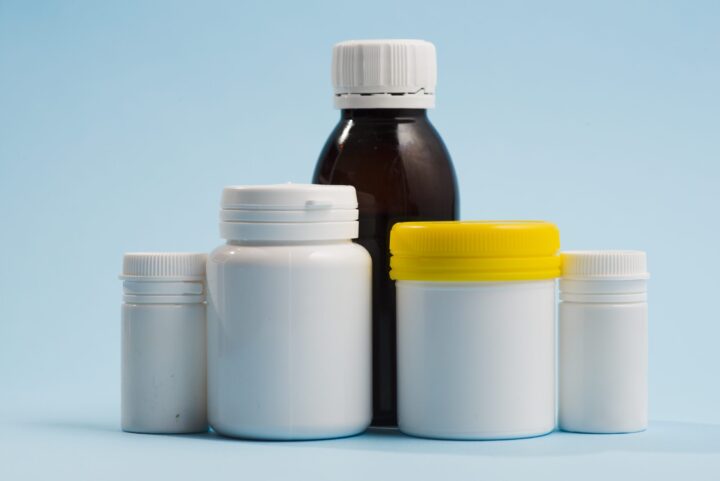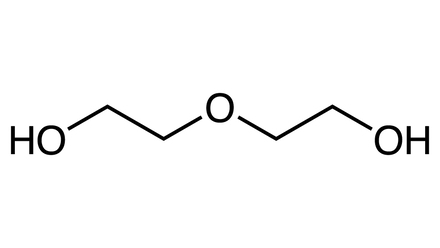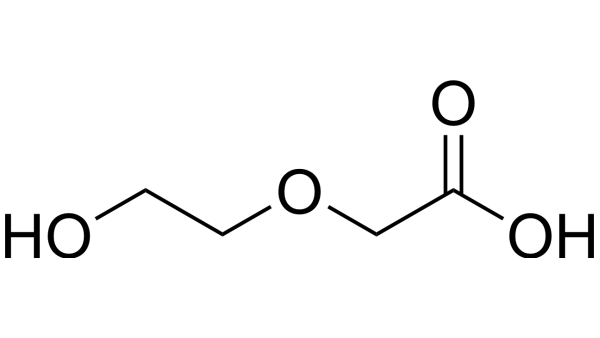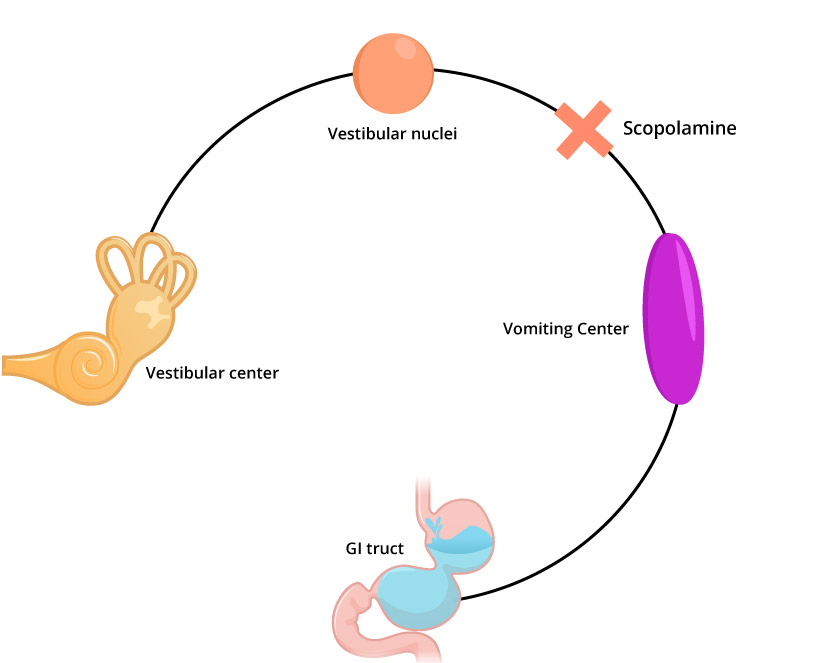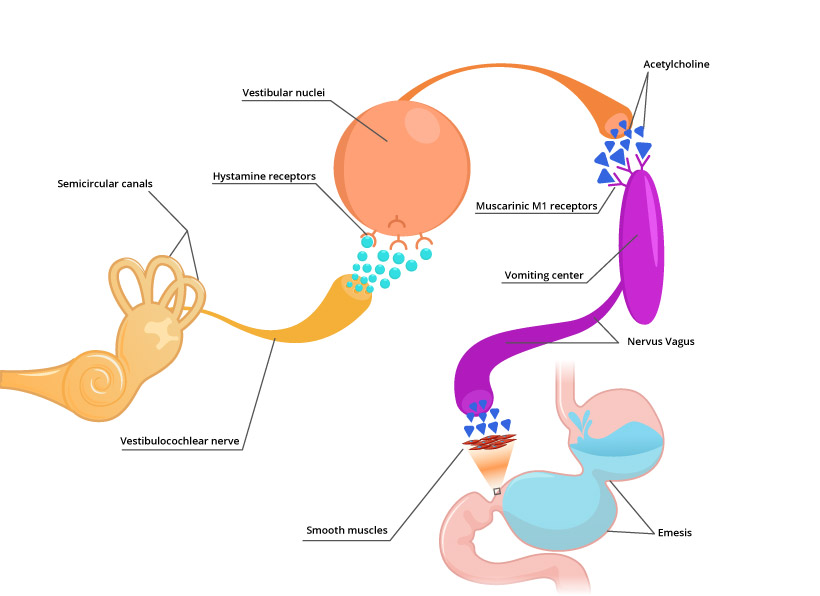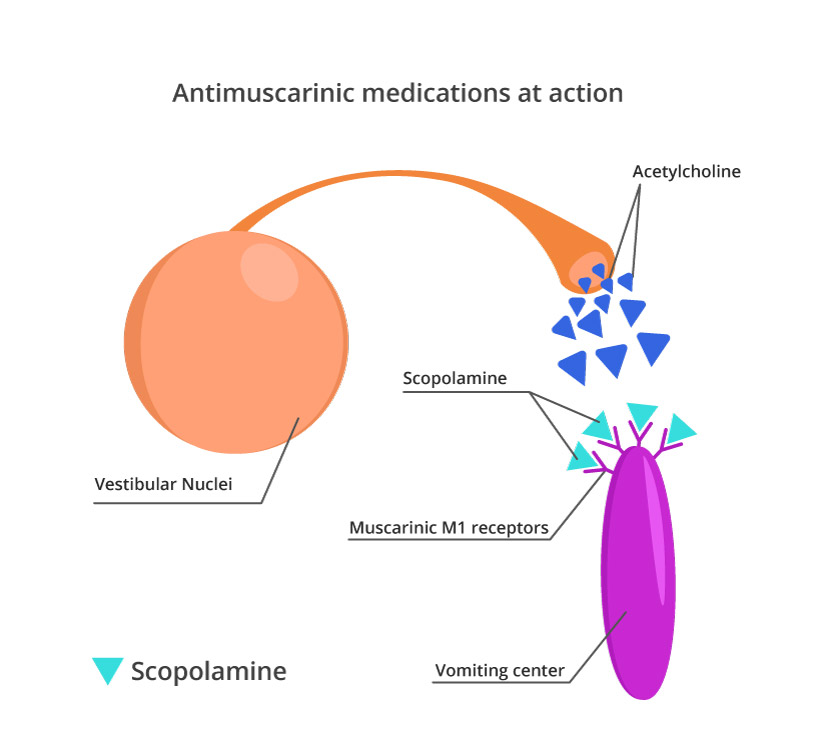Discovery of Tylenol
Acetaminophen—known as paracetamol in the Old World—was rediscovered not once, but three times.
First by French scientist Gerhard in 1852, who hasn’t found it useful.
Acetoaminophen got a second chance in 1873 in a laboratory of an American chemist, Harmon Northrop Morse, now considered the father of acetaminophen.
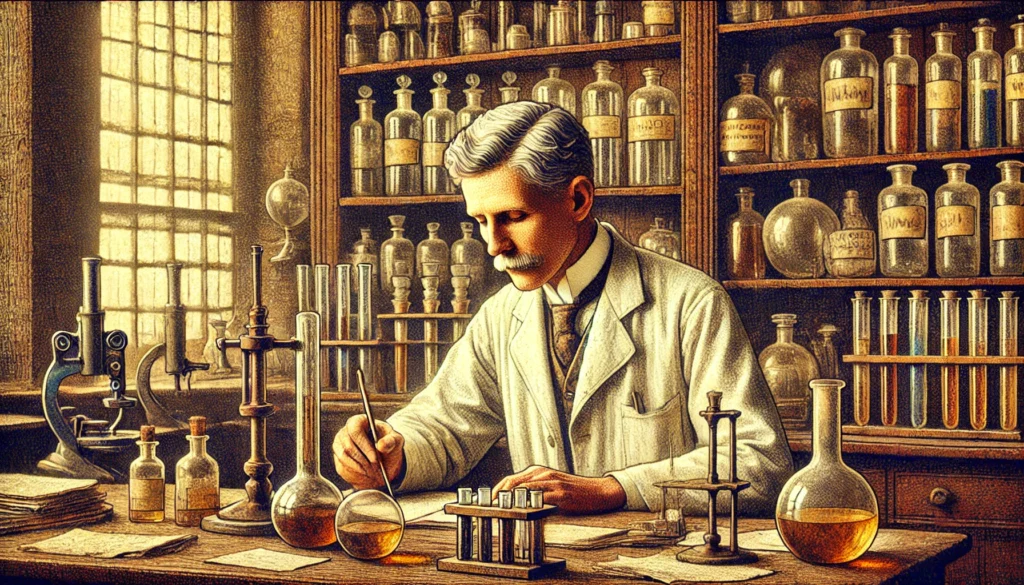
Harmon Northrop Morse is considered a “father of acetaminophen”
This time paracetamol has been tested as a potential safer alternative to its cousin acetanilid, which caused methemoglobinemia, a condition of a reduced capacity of a red blood cell to bind and transfer oxygen. Tests on humans showed a mild to moderate tendency to cause methemoglobinemia and acetaminophen was shelved for almost eight decades.
Acetaminophen finally found its way to the market
In 1953, acetaminophen was finally entered the market as a safer alternative to aspirin for kids and adults with GI ulcers. Thankfully, to the Food, Drug, and Cosmetic Act, a pharma should provide both efficacy and safety to the FDA before medications enter the market.
Two companies at the same decided to market acetoamiphen:
- Tylenol – by McNeil
- Panadol – by Heleon plc
Chicago murders and Tylenol
For almost three decades, McNeil and its parent company Johnson and Johnson (J&J) have enjoyed a steady growth of market share of their paracetamol brand.
The success story took a sudden turn in 1982 when Tylenol was undisputed leader of the consumer market with 35% of sales of acetaminophen in the US. Nothing is too big to fail, specifically when it comes to patient safety.
In 1982, multiple people in Chicago lost their lives after consuming Tylenol Extra laced with cyanide. “An infamous painkiller delivered a painful demise to unsuspecting victims,” read the shocking headlines, sparking unprecedented fear among consumers. As panic spread, Tylenol’s market share plummeted to just 8%.
J&J reacted immediately by recalling over 30 million bottles of Tylenol. An R&D department of a pharmaceutical giant came up with a quick solution – a nice rounded seal on top of the, which became de facto an industry standard for anti-tampering.
With a fast and transparent approach to the problem, the manufacturer was able to win public trust again and everything lost was soon regained. Now J&J recall is a successful case study for many MBA courses around the globe.
Fortunately, J&J hasn’t settled with alterations to the packaging and soon came up with an alternative excipient formula for Tylenol giving a pill recemblence to jelly pop candy. Those candies are incredibly difficult to tamper with, making it nearly impossible to insert or introduce any foreign substances..
Food and Drug Act 1983
In 1983, the Food and Drug Act classified tampering as a federal offense, significantly increasing the penalties for offenders. One such opportunist from NYC attempted to blackmail J&J, demanding $1 million in ransom to halt the cyanide poisonings. However, the court sentenced him to 20 years in prison for extortion—a daring scheme met with dire consequences.
